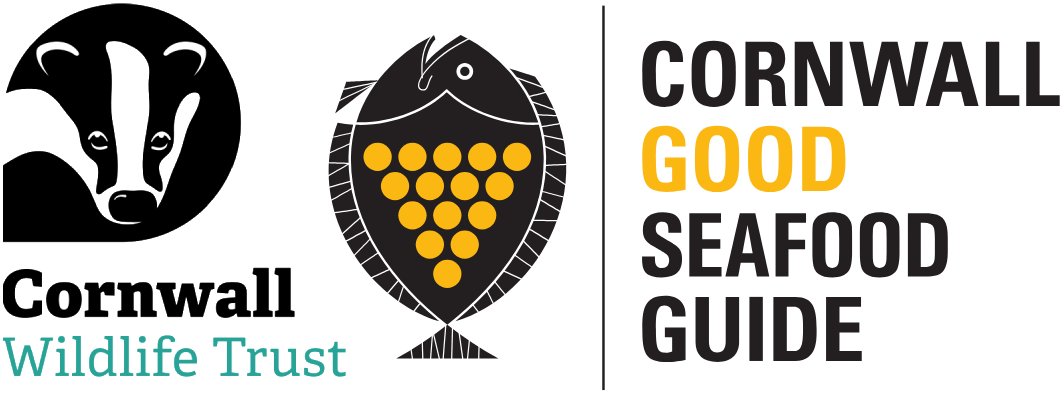
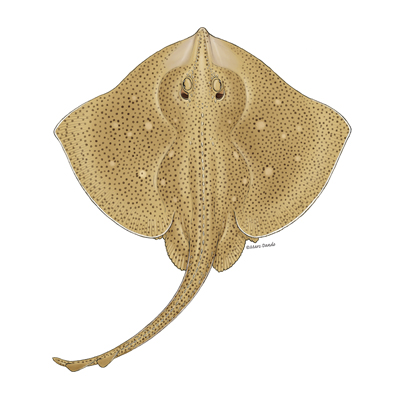
A large skate with spotted pattern and tiny prickly spines all over its upper surface. Colour is variable but generally a sandy background with Spots reaching to the edges of the wings. Commonly marketed as skate wings.
Like all rays the blonde ray is a slow growing species that produces a small number of eggs each year, is vulnerable to over fishing and is easily by-caught in nets and trawls. Landings of blonde rays to Cornish ports is increasing but this species is poorly studied so it is very uncertain if this increase is sustainable or not.
180 tonnes of blonde rays were landed to Cornish ports in 2021 with a value of £286.5k (MMO data).
Updated July 2023
Cornish waters 7f, g and h
A large trawl held open by paravane trawl doors, the open net is then pulled along in contact with the seabed.
Learn moreWestern English channel 7e
A large trawl held open by paravane trawl doors, the open net is then pulled along in contact with the seabed.
Learn moreCornish waters 7f, g and h
Caught using monofilament gill nets set on the seabed.
Learn moreCornish waters 7f, g and h
Caught using heavy beam trawl nets that are dragged over the seabed.
Learn moreWestern English channel 7e
Caught using monofilament tangle nets set on the seabed.
Learn moreWestern English channel 7e
Caught using heavy beam trawl nets that are dragged over the seabed.
Learn moreCornwall Good Seafood Guide rates fish on sustainability using a scale of 1 to 5.
1, 2 and 3 are recommended, Fish to avoid are rated 5.
We use the system devised by the Marine Conservation Society (MCS) so our scores are comparable with the scores produced by MCS for the UK and fisheries from all around the world. For more information on scoring click here.
The blonde ray, Raja brachyura is a large-bodied skate species growing to a maximum size of 110cm in length. It is the most vulnerable of the main commercial skate species in this area according to a Productivity–Susceptibility Analysis (McCully et al., 2013). Unlike smaller skates blonde rays feed on cuttlefish sandeel and small fish. They are not sexually mature until they reach a length of 85- 90cm and are 8-10 years old. Once mature females will lay between 40 and 140 eggs per year between February and August. Like all sharks and rays the slow growth rate and slow reproduction make this species particularly vulnerable to fishing as it takes a very long time for populations to re-build after exploitation. Biological vulnerability score 59/100 (Cheung et al 2005).
This species has a patchy distribution and our knowledge of its stocks are not good enough to accurately predict the state of the population. Fishing effort is increasing and managment is poor. Until recently identification to species level was not carried out when recording landings of skate species. ICES say that this species is most abundant in the Bristol Channel and off the west coast of Ireland. Stock levels are unknown and fishing effort is considered to be above recommended levels. In 2020 ICES scientists recommend the overall catch is reduced by 50% in the Celtic sea and Western channel. For the past five years they have urged caution and suggested total catches in the area should be no larger than 716 tonnes. Landings to Cornish ports is increasing with 199 tonnes landed in 2020 (MMO data), compared with 77 tonnes in 2011.
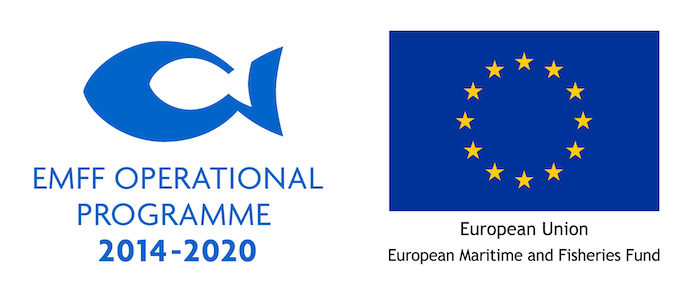
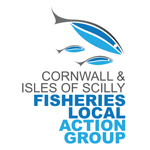
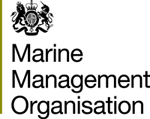
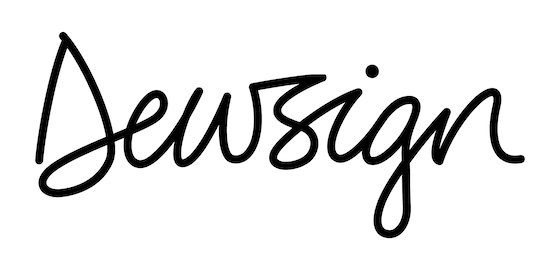


Cornwall Good Seafood Guide is underpinned by the Marine Conservation Society (MCS) Good Fish Guide. The first UK consumer guide to sustainable seafood. For more information visit www.fishonline.org
Cornwall Good Seafood Guide is here to help us all make sustainable seafood choices. Choices that will help us keep the oceans healthy and Cornish fishers' futures safe. This website is funded by Cornwall Wildlife Trust. If you would like to make a meaningful difference to the health of our oceans, please consider making a donation to the Cornwall Wildlife Trust Ocean Emergency fund. Your donation will help safeguard these remarkable environments, ensuring that they continue to thrive for generations to come. Together, we can be stewards of the seas and champions for a healthier, more sustainable future.